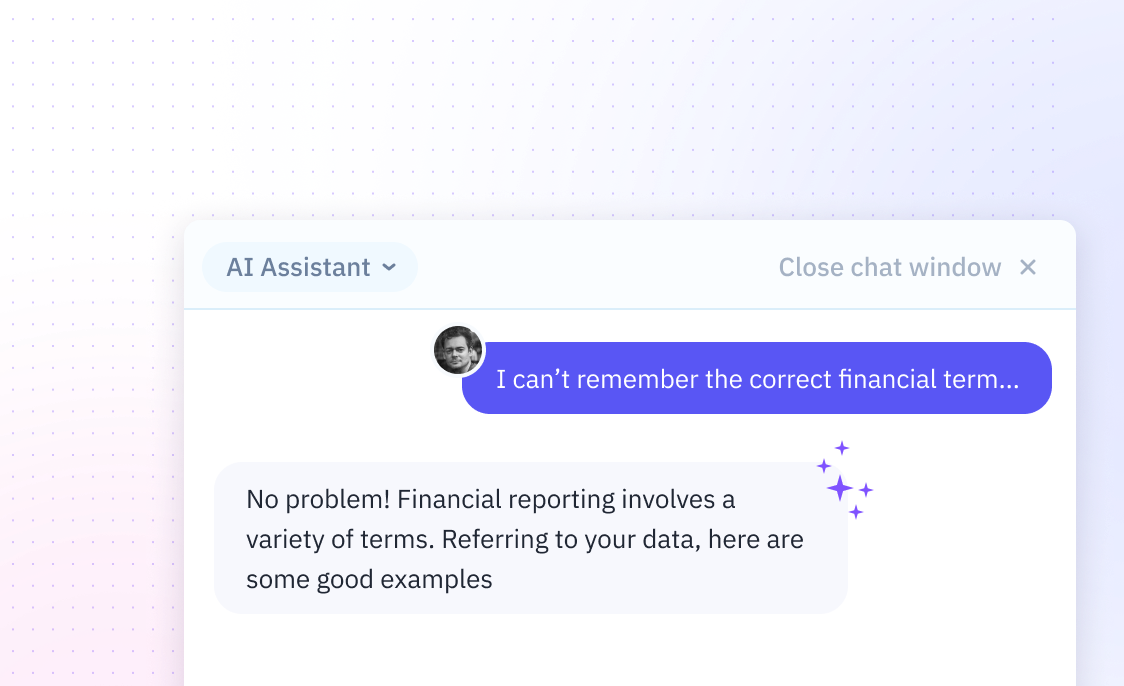
How To Print Barcode Labels From Excel
Introduction
Printing barcode labels from Excel can be a valuable skill for businesses and individuals looking to organize inventory efficiently. Excel allows users to convert data into barcodes, which can be formatted and printed onto labels. This process involves setting up a spreadsheet, converting text to a barcode font, and adjusting label dimensions.
While Excel requires complex formulas and manual configuration, AI-powered alternatives offer a simpler solution. We'll explore the steps for printing barcode labels and show how Sourcetable's AI chatbot can automate the entire process - from data upload to analysis and visualization. Check out Sourcetable to streamline your spreadsheet tasks through simple conversation.
How to Print Barcode Labels from Excel
Creating Barcodes in Excel
Create barcodes in Excel for various purposes such as product numbers, inventory management, or UPC codes. Use the common Code 39 barcode font or leverage third-party add-ins like TBar or standalone software like ConnectCode and Barcode Resource Encoder to enhance barcode generation capabilities. Mac users can also create barcodes in Excel.
Mail Merge with Word for Barcode Labels
Use Excel and Word together to print barcode labels without special fonts or software. Perform a mail merge in Word using your Excel barcode data. This method supports 1D barcodes like CODE128 and 2D barcodes like QR codes. Avery US Letter, 5161 Easy Peel Address Labels are recommended for this process.
Printing Barcode Labels
With the mail merge complete, print multiple barcode labels at once. Ensure your printer profile is correctly set up in Word to accommodate the label layout, such as the Avery 5161 format, for accurate printing.
Generating Random Barcodes
Excel's RANDBETWEEN function allows for the generation of random barcodes, useful for testing and various applications where unique sample barcodes are needed.
Extending Excel's Capabilities
For advanced barcode creation, consider Excel add-ins like TBar or standalone software such as ConnectCode or Barcode Resource Encoder to extend the native capabilities of Excel in barcode generation.
Unlock These Powerful Use Cases with Excel Barcode Printing
Streamline Your Inventory Management
Generate custom barcode labels directly from your Excel spreadsheets to track and manage your product inventory. This enables quick scanning, real-time stock updates, and reduces manual data entry errors.
Facilitate Efficient Mass Mailing Operations
Create barcode labels for mail merges to automate your bulk mailing processes. This system ensures accurate tracking of mailings and simplifies the handling of returned items.
Implement Asset Tracking Systems
Create unique identification labels for company assets directly from your Excel database. This allows for efficient tracking of equipment, furniture, and other valuable items while maintaining an accurate digital inventory.
Modernize Retail Price Tag Creation
Print professional barcode price tags from your product spreadsheets for your retail operations. This ensures pricing consistency across your store and enables quick price updates at the point of sale.
Enhance Document Management Systems
Label and organize office documents with custom barcodes for a modern filing system. This enables quick document retrieval through scanning and maintains a searchable digital record of all paperwork.
Excel vs. Sourcetable: Revolutionizing Spreadsheets with AI
While Excel has been the industry standard for spreadsheets, Sourcetable represents the next evolution in data analysis by leveraging AI. Instead of manually working with complex functions and features, Sourcetable's AI chatbot allows you to create, analyze, and visualize data through simple conversation. To experience how Sourcetable can answer any spreadsheet question, sign up for free today.
Ease of Use
Excel requires users to learn complex functions and formulas. Sourcetable eliminates this learning curve by allowing users to simply describe what they want to accomplish through natural conversation with an AI chatbot.
Data Processing
While Excel has size limitations and can slow down with large datasets, Sourcetable handles files of any size and connects directly to databases for seamless data analysis.
Analysis and Visualization
Excel requires manual creation of charts and analysis. Sourcetable's AI automatically generates stunning visualizations and performs complex analysis based on simple text prompts.
Workflow Automation
Sourcetable's AI can generate sample data, create spreadsheets from scratch, and perform end-to-end analysis through conversational commands, eliminating the manual step-by-step process required in Excel.
Frequently Asked Questions
What are the basic steps to create and print barcode labels from Excel?
1. Create a table in Excel with columns for Type, Label, and Barcode 2. Save your Excel file 3. Open Word and go to the Mailings tab 4. Select Labels and choose your label type 5. Use Mail Merge to connect your Excel file 6. Insert merge fields for your barcode data 7. Complete the merge and print
What columns do I need in Excel to create barcode labels?
You need three main columns in your Excel table: Type (for specifying barcode types like Code128 or QR Code), Label (for the readable text), and Barcode (for the actual barcode data)
How do I connect my Excel barcode data to Word for printing labels?
In Word, go to the Mailings tab, click Labels, select your label type, click New Document, then Select Recipients and choose Use an Existing List to select your Excel file. Insert merge fields for your barcode columns, then use Finish & Merge to create your labels
Conclusion
Printing barcode labels from Excel involves multiple steps and technical considerations. Many users find themselves struggling with formatting, label templates, and barcode generation.
Sourcetable streamlines this process by providing AI-powered solutions for all your spreadsheet needs. Its chatbot can guide you through barcode label creation step by step.
To simplify your spreadsheet tasks and get instant answers to your Excel questions, visit Sourcetable today.






